Air fryers are a wholly different machine
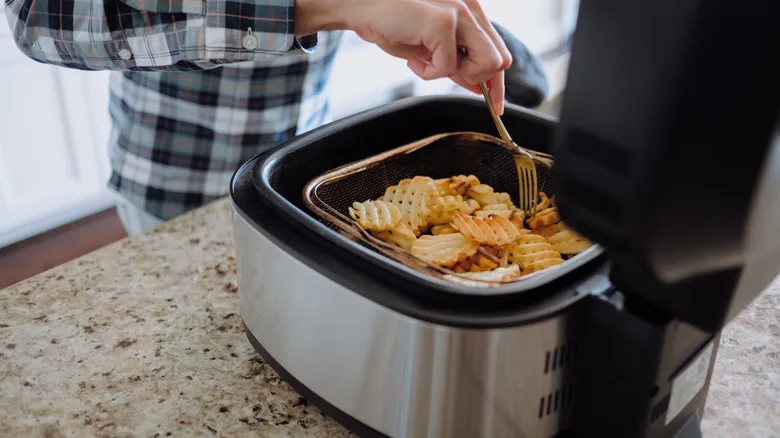
Air fryers are a more recent innovation compared to microwaves, particularly in their operational mechanics. Their name can be somewhat misleading, as these devices don't actually fry food; they function more like a compact oven. In fact, they resemble convection ovens, which cook food by circulating hot air around it. However, due to the smaller size of most air fryers, they cook food much more quickly than a standard oven. The perforated basket design allows air to circulate around the food from all directions, making them excellent for achieving a crispy texture on items like potatoes and green beans. On the downside, the circulating hot air is less effective for cooking liquids, which tend to splatter.
The hot air in an air fryer does not cause the electrons in aluminum foil to move in the same manner as the electromagnetic waves in a microwave. Using aluminum foil in an air fryer is quite similar to using it in a convection oven. In fact, foil can be beneficial for keeping your air fryer clean, especially when cooking foods that may stick to the basket or breaded items that could leave crumbs. However, it's important to consult your air fryer manual for any safety guidelines regarding the use of foil.
Tips for using tin foil in an air fryer (or even a microwave)
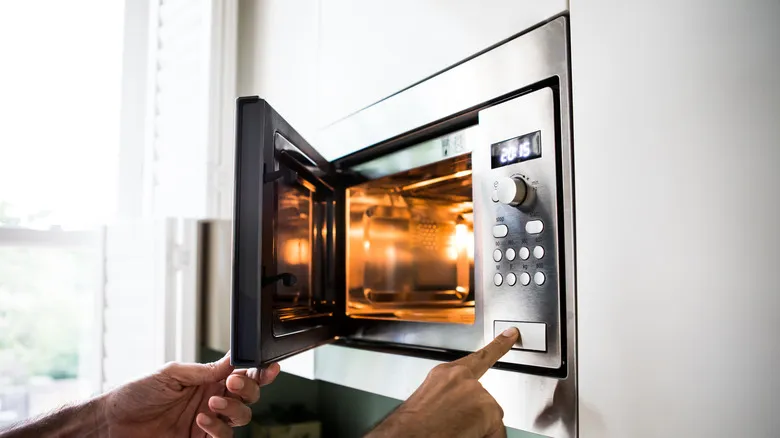
Using foil in these appliances comes with some considerations. For air fryers, it's advisable to avoid cooking acidic foods (such as tomatoes or lemons) with foil, as the acid can react with the aluminum and leach into the food. Additionally, placing foil directly in front of the air fryer's fan or heating element can obstruct airflow, hindering the appliance's performance. It's also important to note that covering parts of the air fryer, like the basket holes, with foil can restrict airflow, resulting in food that may not crisp up as well as it would without the foil. Overall, while using foil in an air fryer is generally safe, it may not always be the most effective choice, as it can interfere with the cooking process.
Regarding microwaves, you can safely microwave smooth metal objects like spoons (but not forks) with minimal risk. Therefore, using smooth aluminum foil might also be feasible, as it's the wrinkles in the foil that can cause dangerous sparks. However, it's essential to keep the foil away from the microwave's edges and ceiling for safety. Ultimately, though, it's likely not the best idea: even if you can microwave foil safely, metal reflects microwaves, which can disrupt cooking or heating. Thus, it's probably more efficient and safer to avoid using metal altogether.
Recommended
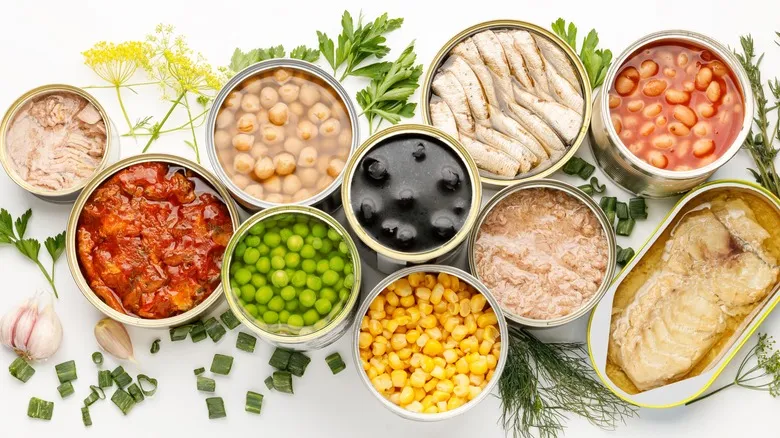
There's A Safer Way To Open Canned Foods

Why You Need An Ice Cream Fork And Where You Can Buy One
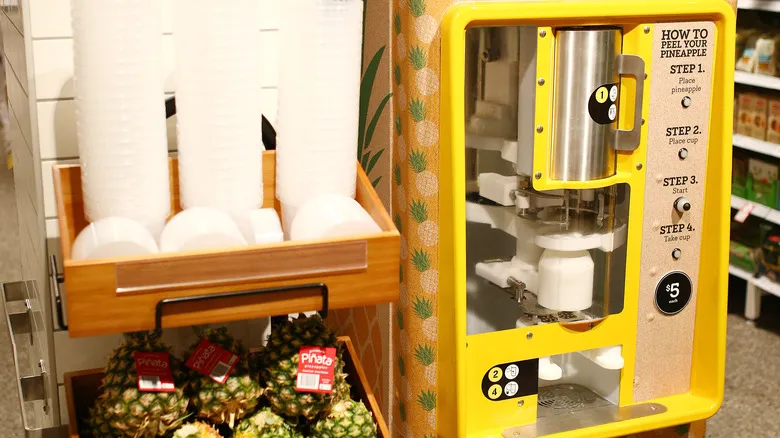
Are Pineapple Slicing Machines Mesmerizing, Terrifying, Or A Little Bit Of Both?
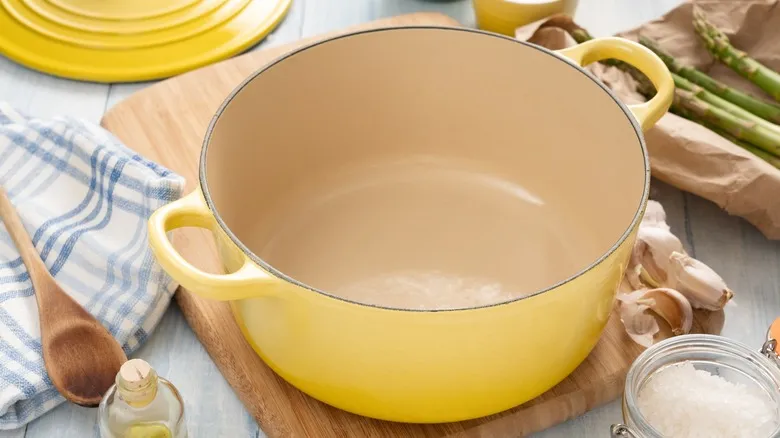
What Is A Dutch Oven And Do You Really Need One?
Next up

